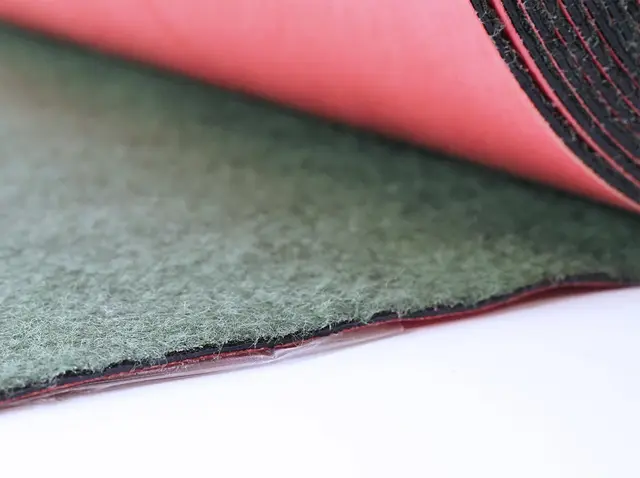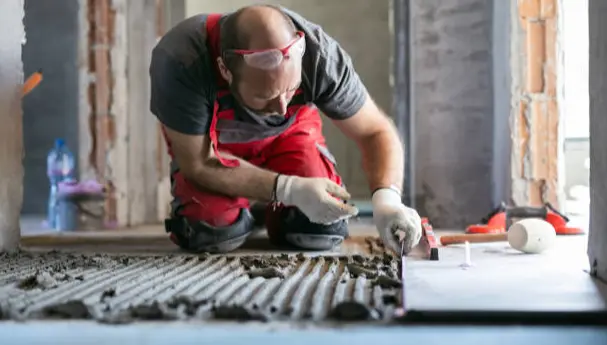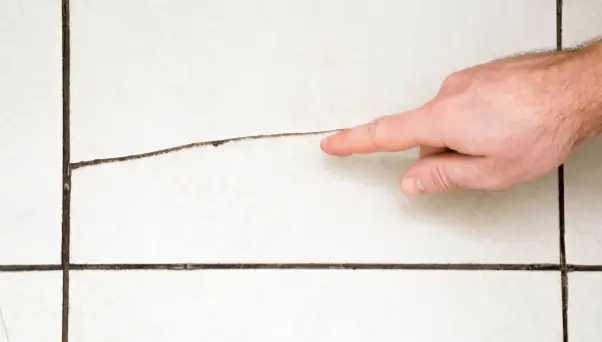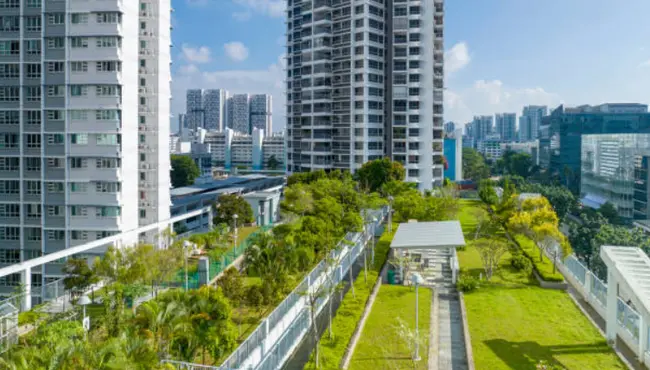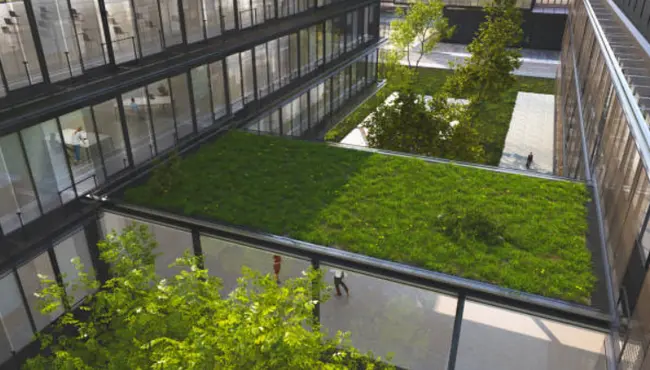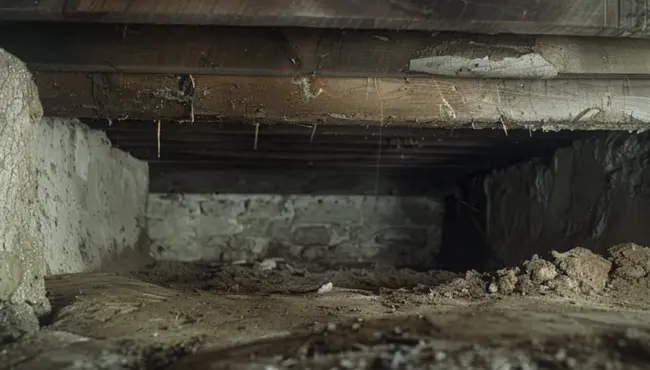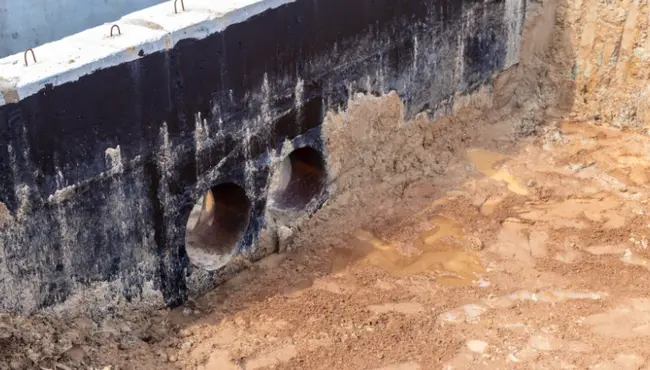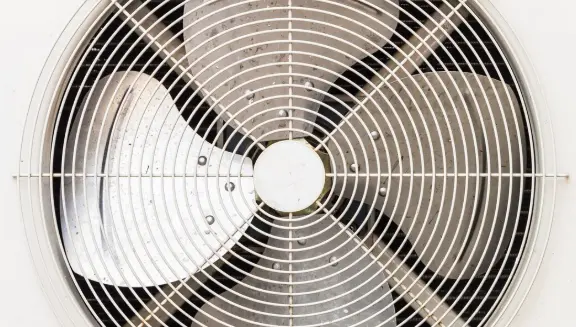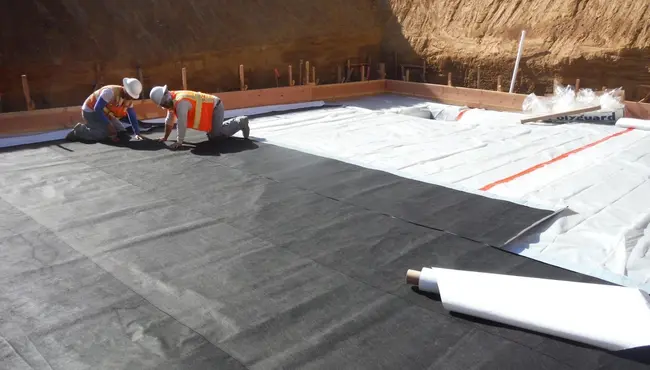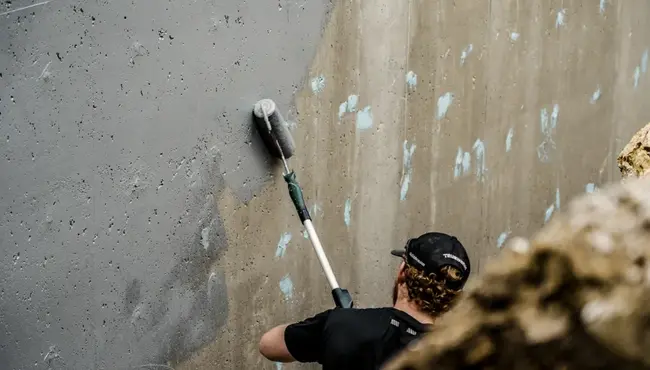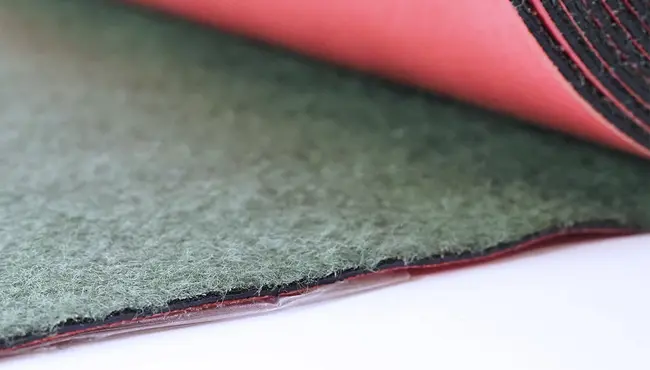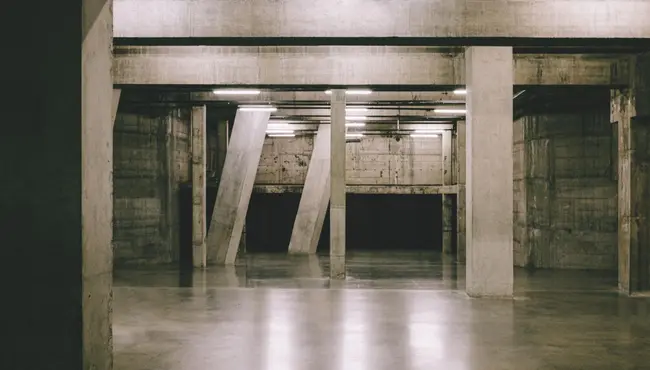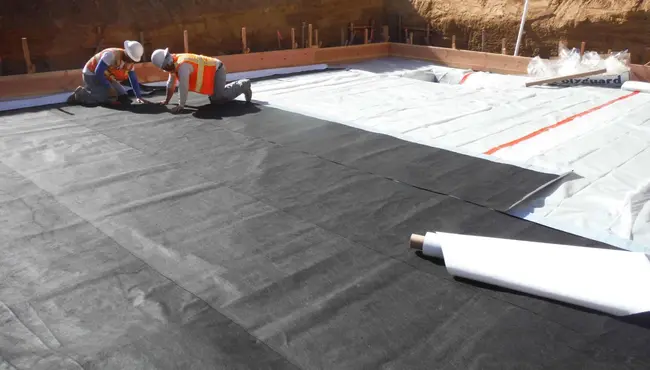Vapor barriers and encapsulation can both control moisture accumulation and structurally damaging and unhealthy mold growth in a crawl space. Moisture can infiltrate a crawl space through outside humidity, cold ducts, wet floor insulation, plumbing leaks, and foundation flooding. The integrity and health of a building depend on controlling all types of moisture infiltration to the crawl space, either with a vapor barrier or entire encapsulation.
Crawl Space Encapsulation vs. Vapor Barrier
Choosing between a crawl space vapor barrier or encapsulation comes down to two factors:
Budget: Vapor barriers protect against ground moisture infiltration into a crawl space and cost less than encapsulation.
Humidity Level: Encapsulation completely seals the crawl space and provides superior moisture protection compared to vapor barriers - vital in high humidity areas.
Problems Linked to Mold in Crawl Space
A damp and moldy crawl space can lead to unhealthy indoor air quality, breathing problems, coughs, eye problems, pneumonitis, and more. In addition, crawl space moisture can lead to high energy bills, pests and crawling insects, and damage to the structure, plumbing pipes, air vents, and electrical wiring, which can lead to costly repairs and replacements.
Signs of Crawl Space Mold
Many things can alert you to the presence of crawl space mold; however, a mold remediator with a detector device or testing kit can verify the presence of mold.
- Moldy smells coming from the crawl space
- Black spots or white fluffy patches on the crawl space walls
- Water stains in the crawl space
- Peeling wall paint and warping floorboards
Controlling outside humidity and moisture in a crawl space involves installing a quality vapor barrier, like Underslab TRM. However, eliminating moisture from the crawl space involves sealing vents and encapsulating the entire space. In addition, establishing an internal drainage system or sump pump and a dehumidifier will further prevent moisture accumulation in the crawl space, while insulating ducts will limit cold duct condensation.
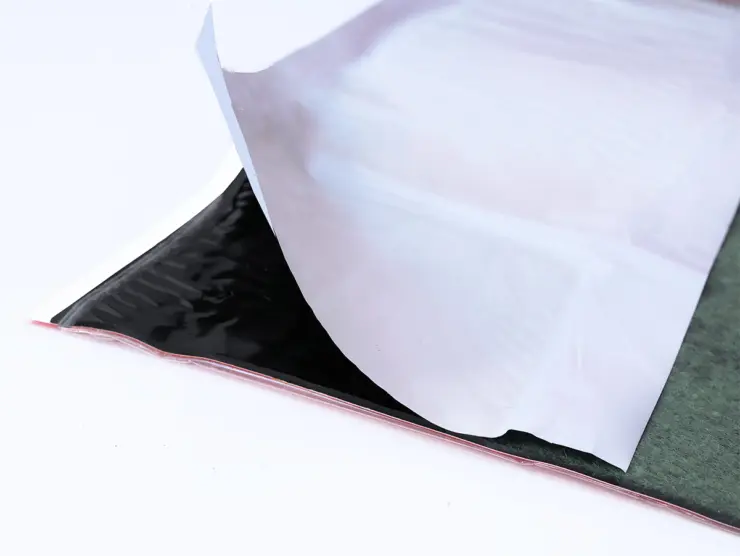
Pros and Cons of a Crawl Space Vapor Barrier
Covering the soil of a crawl space with a durable vapor barrier will limit groundwater moisture and vapors from getting into the crawl space.
The Pros of Vapor Barriers
The benefits of crawl space vapor barriers include the following:
Low Cost: Vapor barriers are a relatively inexpensive remedy for managing moisture in crawl spaces.
Simple Installation: Easy-to-install crawl space vapor barriers reduce application costs while also managing dampness and standing water.
Improved Air Quality: Vapor barriers improve a building's air quality by limiting mold growth.
Enhanced Energy-Efficiency: Vapor barriers can help save money on monthly energy bills.
Protect Building’s Durability: Vapor barriers reduce the potential of wood rot.
The Cons of a Crawl Space Vapor Barrier
Unfortunately, crawl space vapor barriers only provide partial protection against moisture infiltration.
Incomplete Moisture Protection: Vapor barriers do not protect against condensation or leaking pipes within the crawl space.
Unsealed System: A vapor barrier spreads across the crawl space floor and overlaps at the seams. It does not seal, which means moisture can get under or around the barrier and into the crawl space.
Pros and Cons of Crawl Space Encapsulation
Crawl space encapsulation involves completely sealing the crawl space to protect against leaks. Encapsulation typically involves the following steps:
- Prepare the crawl space by clearing and cleaning the area, removing dirt, debris, and old and damaged insulation.
- Install interior drainage and a sump pump to control bulk water or seepage.
- Cover the floors and walls of a crawl space with a polyethylene vapor barrier, and tape it with double-sided sealing tape.
- Seal pipes, ducts, cables, and other obstacles with spray foam and sealing tape.
The Pros of Crawl Space Encapsulation
Encapsulating your crawl space provides several long-lasting benefits to your building or home:
Improves Air Quality: Enhances indoor air quality clean indoor air by preventing toxic gasses, musty smells, and unhealthy mold from entering the living space.
Enhances Durability: Encapsulation keeps outside water from entering the crawl space, which protects the structure's integrity against rotten wood joists, rust, cracks, etc., that can weaken the subsurface structure and make it unsafe to the occupants.
Improves Energy Efficiency: Encapsulating makes a crawl space airtight, which enhances a building's energy efficiency and saves money by lowering energy bills. On average, houses built on closed crawl spaces save 15% or more on yearly heating and cooling energy use.
Lessens Maintenance: Encapsulation lowers maintenance and repair bills by lessening the chances of wood rot, pipe rust, or termite damage to the building or home.
Pest-Resistance: Encapsulation removes the conditions that allow pests like mice, cockroaches, and termites to thrive, and makes it difficult for critters to get inside.
Storage Space: An airtight, encapsulated crawl space creates storage space.
The Cons of Encapsulated Crawl Spaces
The financial costs of encapsulating a crawl space are its main drawbacks.
Expensive: Crawl space encapsulation can cost between $1,500 to $15,000, with a national average of $5,000. The cost depends on the size of the crawlspace, the supplies, the condition of the crawl space, and the labor involved. In addition, the job may require hiring a plumber or electrician to evaluate the wires and pipes running through the crawl space before construction can proceed.
Routine Inspections: An encapsulated space requires regular inspections and maintenance to ensure the system's integrity. A crawl space inspection can cost from $100 to $250, depending on the accessibility, size of the area, and working conditions.
Potential HVAC Upgrade: Encapsulating a crawl space will limit air movement in a building. Unfortunately, the design of the original HVAC may only accommodate the building’s air circulation without encapsulation; therefore, you may need to upgrade the HVAC system to ensure the building's or home's comfort.
Installing a Vapor Barrier as Part of Crawl Space Encapsulation
A vital part of a crawl space encapsulation and waterproofing system should include a quality vapor barrier that stops water and toxic gases in the ground from entering the crawl space.
Polyguard® Underslab TRM
The fully-adhered, thick Underslab TRM is a superior vapor barrier for crawl spaces. It creates a durable physical barrier against water and termites.
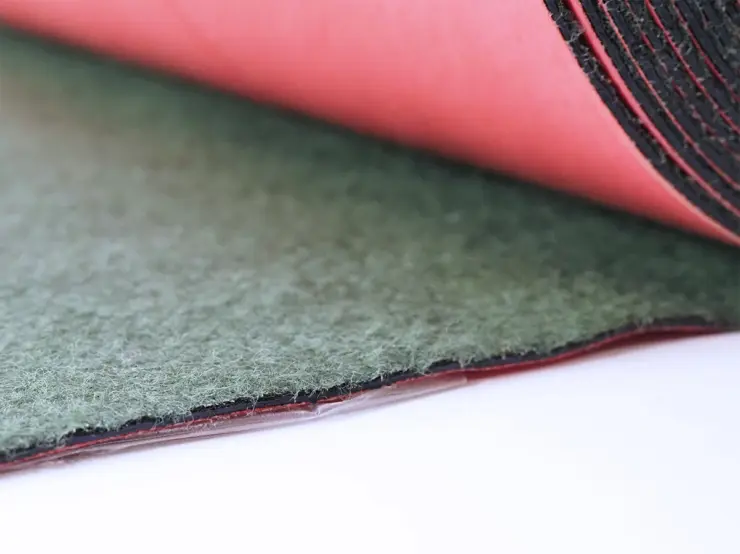
Robust Underslab TRM can stand up to abusive job sites. Polyguard® makes Underslab TRM of an 8.5 mils polyethylene backing laminated to a 69-mil thick TRM Sealant incorporated into a high-strength non-woven geotextile fabric top layer for a factory-controlled thickness of 95 mils.
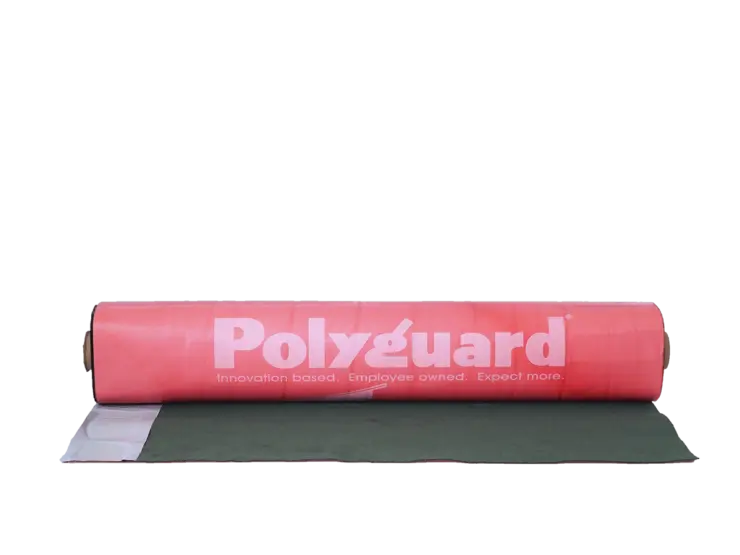
Underslab TRM's fabric includes a 4-inch wide lap waterproofing adhesive covered with a removable silicone-coated release sheet that produces a 4-inch wide self-adhesive overlap seam.
Advantages and features of the Underslab TRM include the following:
- Stands up to severe abuse during slab placement with high puncture resistance of 224 pounds
- Can withstand 30 days of UV exposure
- A top layer of highway-grade geotextile and a bottom layer of high-strength polyethylene film produces exceptional puncture resistance
- A 69-mil barrier sealant sits in the middle of two puncture-resistant layers and gives the barrier four crucial properties:
- Water resistance
- Termite resistance
- Ability to absorb stress which can cause cracking
- A self-healing sealant that closes up small punctures
- Able to handle hydrostatic head pressure up to 231 feet
- The only physical termite barrier with over 2 decades of testing and an evaluation report by the ICC (International Code Council) AC 380 ESR 3632
Why Encapsulate Your Crawl Space?
Complete encapsulation and sealing of the vents will protect the entire crawl space from moisture infiltration, condensation, and the growth of structurally damaging and unhealthy mold - particularly vital in high-humidity regions. Installing a vapor barrier, while less costly than encapsulation, only protects against ground moisture infiltration.
Crawl space encapsulation includes a complete waterproofing system:
- Installing quality vapor barriers, like Underslab TRM
- Sealing vents
- Insulating ducts
- Installing a sump pump and dehumidifier
For more on crawl space encapsulation vs. vapor barriers, don't hesitate to contact our team of Polyguard® professionals!
